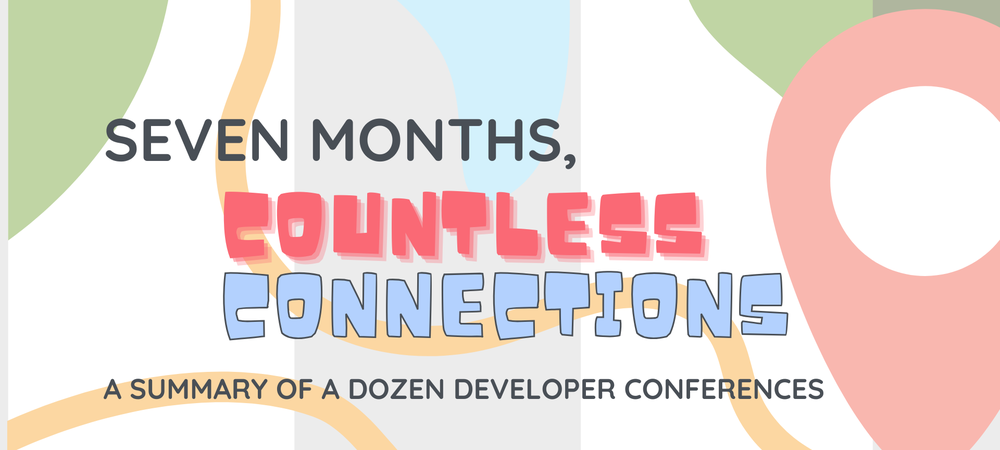As someone who's been deeply embedded in the Python community for over a decade—from my early days as a Django Girl to serving as Chair of the Python Software Foundation—I thought I knew our ecosystem pretty well. These seven months taught me I was wrong. In the best possible way.
From Philadelphia to the World
The numbers tell part of the story: 12 major conferences across 4 continents, from intimate 300-person gatherings like PyCon UK to the 1,500-strong energy of PyCon India. But the real story lives in the conversations between sessions, the "hallway track" that every Pythonista knows is where the magic happens.
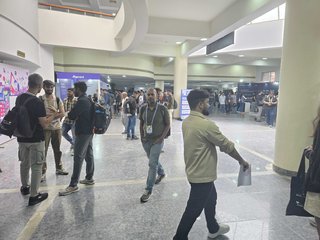
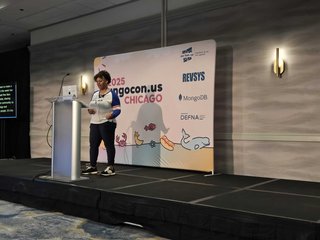

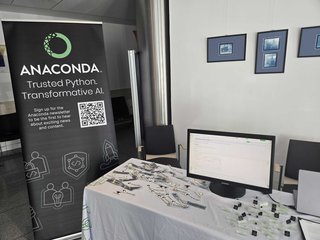
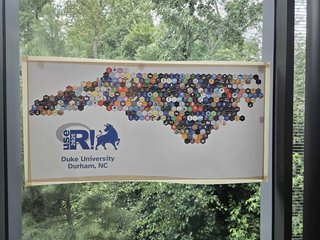
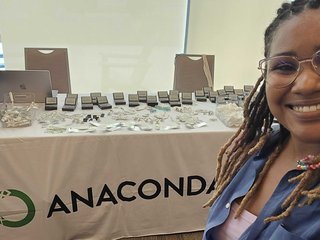

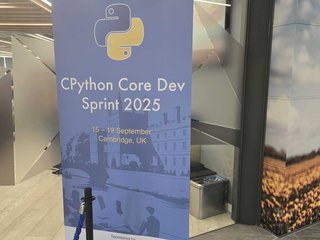
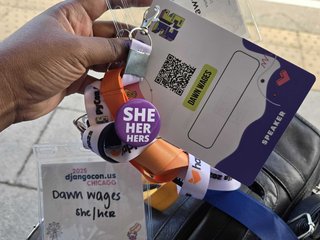
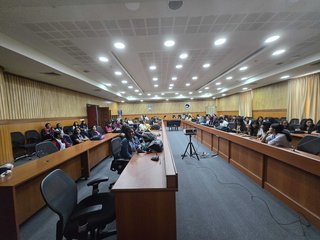
In Manchester, I met developers building cross-platform applications with Russell Keith-Magee's BeeWare tools, while in Chicago, Django developers shared their production deployment war stories. In Bengaluru, I delivered a keynote to 1,500 enthusiastic developers hungry for the latest in package management, while in Tacoma, SciPy attendees crowded around our booth to play rock-paper-scissors for the chance to share their user experience insights.
Each stop revealed something different about our community's needs, challenges, and dreams.
The Academic-to-Industry Story We Keep Validating
One pattern emerged clearly across every continent: the academic-to-industry adoption pipeline that we've long theorized about is very real, and it's happening faster than many of us expected.
At UseR! Conference, I watched statisticians from highly regulated industries express genuine concern about open source adoption in their toolchains. These are SAS shops moving to R, then watching their teams naturally gravitate toward Python. At SciPy, Python educators in Ghana, shared stories of using USB drives to distribute Anaconda installations across machines with limited internet connectivity—a reminder that accessibility isn't just about code, it's about infrastructure reality.
The EuroSciPy crowd in Krakow showed me how reproducibility has become a central theme across data science workflows. Multiple sessions emphasized reproducible machine learning and algorithmic bias considerations, demonstrating that the community is maturing toward enterprise-ready practices. This isn't just academic theory—it's becoming table stakes for production work.
What Authenticity Looks Like in DevRel
If there's one thing these seven months reinforced, it's that our community has a finely tuned authenticity detector. The UK Python community, in particular, showed me what happens when you lead with genuine practitioner value instead of marketing messages.
At PyCon UK, I watched our Russell Keith-Magee's decades of authentic engagement approach pay dividends. When he steps on the stage, the audience is at attention to learn how BeeWare puts Python in novel places and native interfaces. The front row was filled with his fellow CPython Core maintainers. The response was immediate and positive—but only because it was genuine. The authenticity spilled into the PyCon UK sprint day where the coveted challenge coin and accessible use cases got contributors of all skill sets involved. It's impossible to bottle and reproduce Russell's charisma. I'm lucky that I can call him a friend and colleague.
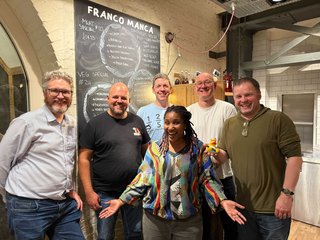
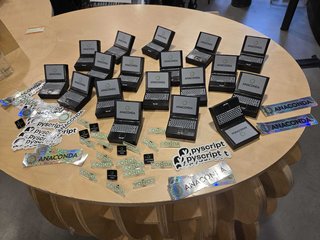
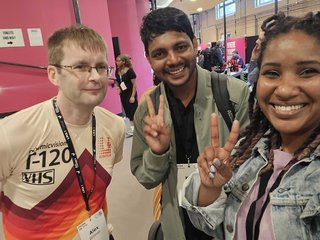

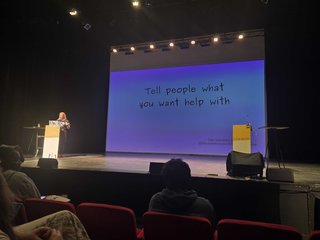
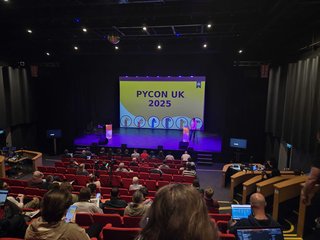

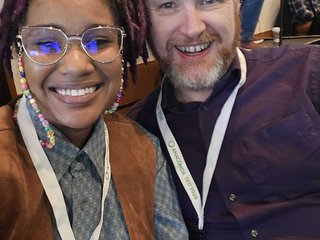
The same pattern held true everywhere: PyData London's leads weren't generated through slick marketing, but through honest conversations about real problems and partnership with NVIDIA's team. We sponsored the happy hour, where genuine conversations happen after long conference days. I didn't get to join in-person, but supporting the event from the states was illuminating. The Indian Python community's enthusiasm for AI/ML, agents and advanced Python tooling wasn't manufactured—it came from showing Poetry users a tool that actually solved their workflow pain points and then sharing new tools like pixi.
The Package Management Renaissance
Speaking of pixi, one of the most exciting discoveries was watching package management evolution happen in real-time across different communities. At conference after conference, I saw the same pattern: the more developers learned about modern package management solutions, the more adoption-ready they became.
The confusion around development environments has reached a crisis point. Every tutorial I attended began with repository sharing, but no two sessions used consistent environment setup methods. Attendees struggled with YAML files, TOML configurations, and text requirements—many of which simply failed to work. This represents both our biggest challenge and our biggest opportunity.
When NVIDIA demonstrated their gold-standard single-link setup providing GPU-enabled JupyterLab access at PyData London, it showed what's possible when we prioritize user experience over technical purity.
Community Values That Transcend Geography
Despite traveling across vastly different cultures and technical contexts, certain community values remained remarkably consistent. Whether I was in Prague, Philadelphia, or Picadilly, Python developers prioritized:
- Authenticity over marketing. Every community could spot extractive approaches from miles away. Success required genuine practitioner engagement, not traditional sponsorship models.
- Education over sales. The most successful interactions focused on skill development and career advancement pathways, not product features.
- Sustainability over growth. From DjangoCon's volunteer-run charitable structure to EuroSciPy's emphasis on maintainer support, communities consistently valued long-term sustainability over rapid expansion.
- Inclusivity as a feature, not a bug. Events like Django Girls and PyLadies weren't side programming—they were central to community identity. The 100+ attendees at PyCon India's PyLadies luncheon weren't there for networking; they were there for mentorship and genuine skill development.
The AI Revolution Meets Python Pragmatism
Every conference I attended had AI and machine learning tracks, but the community's approach to AI hype was refreshingly measured. Instead of breathless adoption of every new framework, I saw practitioners asking hard questions about evaluation frameworks, production reliability, and practical implementation.
The LLM evaluation tools discussion at PyCon India exemplified this approach—developers weren't just excited about large language models, they were building robust testing and evaluation systems. At SciPy, the excitement around Numba v2 wasn't about following trends, but about solving real performance challenges in numerical computing.
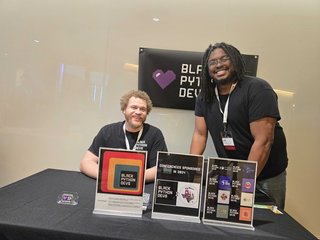
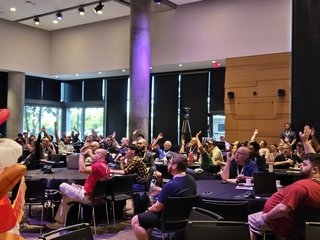
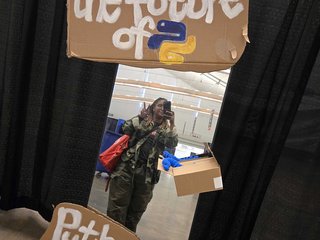

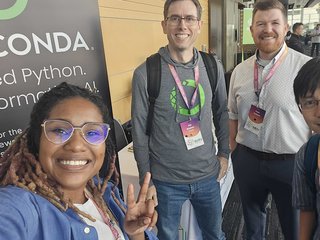
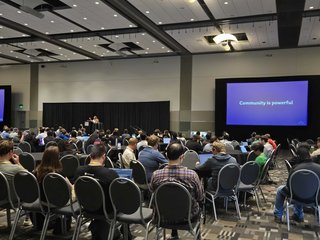
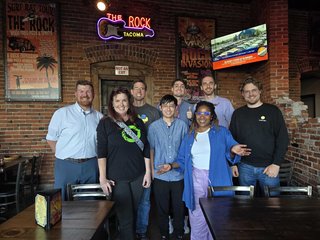
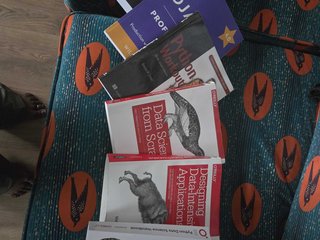
This pragmatic approach to innovation is one of Python's greatest strengths, and these travels reinforced that our community's "second-best language for everything" philosophy creates space for thoughtful, sustainable technology adoption.
Pragmatism extended into the open source governance and expectation in enterprise investment. Django, a community that has sustained an thriving community even as the hyperscaler sponsors have dropped off their sponsor pages, spoke about an executive director search, investing in mentorship and addressing Django's ability to scale up and down to lightweight flexible and node-compatible solutions in the AI world. Django's 20 years in the game and continues to push boundaries with authenticity and equity at its core.
What I'm Taking Forward
Seven months of travel taught me that our community is simultaneously more diverse and more unified than I'd fully appreciated. We're diverse in application domains, technical challenges, and geographic contexts, but unified in our values around authenticity, sustainability, and inclusive growth.
The trip reports sitting on my desk tell the quantitative story: thousands of contacts made, hundreds of qualified leads generated, dozens of potential partnerships identified. But the qualitative story matters more: understanding that reproducible environments aren't just a technical challenge but an equity issue, seeing how package management confusion affects everything from classroom instruction to production deployments, and witnessing the genuine excitement that happens when tools actually solve real problems.
As we move into 2026, these insights are shaping how we think about community engagement at Anaconda. We're focusing less on traditional marketing approaches and more on authentic practitioner value. We're investing in educational partnerships and reproducibility solutions that address real infrastructure constraints. We're building tools that meet developers where they are, not where we think they should be.
The Hallway Track Never Ends
The most valuable conversations happened between formal sessions—in conference coffee lines, at community dinners, during the sprint days that follow many Python conferences. These unstructured moments revealed the real challenges our community faces: environment setup friction, production deployment complexity, the gap between notebook experimentation and reliable systems.
But they also revealed our community's incredible resilience and creativity. I met educators creating innovative learning pathways, researchers pushing the boundaries of what's possible with scientific computing, and practitioners building production systems that serve millions of users.
This is what makes our community special: not just the technology we build, but the relationships we form and maintain across geographic, cultural, and institutional boundaries. After seven months of travel, I'm more convinced than ever that Python's greatest asset isn't the language syntax or the package ecosystem—it's the global community of practitioners who choose collaboration over competition, authenticity over marketing, and sustainable growth over extractive practices.
The hallway track continues, even when we're all back home. The connections made during these seven months will shape community conversations for years to come. And that's exactly how it should be.
Event List:
- PyTexas 2025 - April 11 - 13, 2025 in Austin, TX
- Philly Tech Week 2025 - May 5 - 10, 2025 in Philadelphia, PA
- PyCon US 2025 - May 14 - May 22, 2025 in Pittsburgh, PA
- PyData London 2025 (support) - June 5 - 7, 2025 in London, UK
- SciPy 2025 - July 7 - 13, 2025 Tacoma, WA
- EuroPython 2025 (support) - July 14 - 20, 2025 in Prague, CR
- Use R! Conference 2025 - August 8 - 10, 2025 in Durham, NC
- EuroSciPy 2025 - August 18 - 22, 2025 in Krakow, PL
- DjangoCon US 2025 - September 8 - 12 in Chicago, IL
- PyCon India 2025 - September 12 - 15 in Bengaluru, IN
- PyCon UK 2025 - September 19 - 22 in Manchester, UK
- Python Ghana (virtual) - September 25 - 27 in Medina, GH
